
As you already know, individuals around the globe are looking for things that provide a personalized experience for them. Therefore, medium-sized enterprises and unicorn brands are trying to bring new capabilities to the market. As a result, Businesses around the globe are leveraging custom software development trends to provide personalized solutions to customers. Here comes the need to develop custom software that can provide end-to-end solutions to customers.
So, we will take a closer look at what exactly custom software development is and the key trends that are dominating the software industry in 2024.
What Is Custom Software Development?
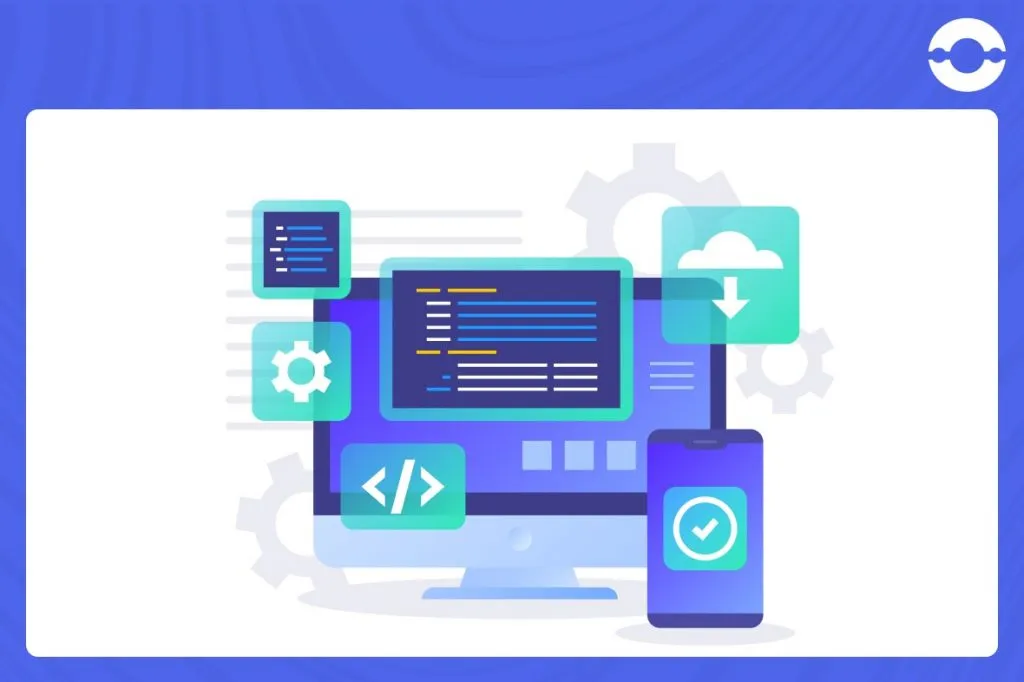
Custom software development involves designing and developing customized applications for specific user needs. However, off-shelf software is available for commercial use as this software meets the general requirements of users. An off-the-shelf software product is available for a broader set of audiences.
For example – Microsoft office meets the general needs of all users, providing the same features and functionalities that every organization, be it a startup, medium-sized venture, or unicorn brand can use it.
Therefore, Microsoft Office is a software product that is gaining huge popularity these days.
But if a bank needs a specific app to meet the banking needs of users, then it comes under the category of custom software development.

However, every business need cannot be served by developing generalized software because businesses do have specific needs to provide customized solutions to their customers. Therefore, custom software development comes into existence to address customers’ specific challenges.
Suppose you are developing an e-commerce application to streamline customers’ shopping experience; then developing custom software apps would be a profitable option in this case. Custom software is popularly called bespoke software.
Developing custom software apps is not only expensive but it also requires a lot of time and effort. In-house software developers or a specialized company can develop custom software applications.
Hence, custom software development has become the need of the hour for organizations that want to meet the specific needs of their customers, get an increased ROI, and increase efficiency in their business operations.
Key Trends In Custom Software Development
Here are the 10 key trends in Custom Software Development-
1. Progressive Web Apps

A big trend dominating the software development industry is the introduction of progressive web apps. Progressive web apps are those apps that work like native mobile apps. Consumers need not worry about downloading these apps from the google play store or iOS Store on their mobile devices.
Progressive web apps are light apps, and these apps offer a mobile-like experience to the users. Businesses need developers with expertise in developing progressive web apps and must have a know-how of CS3, HTML5, and JavaScript.
Also, developing progressive web apps offers lucrative benefits to the consumer as they need not worry about their device storage space. Consumers can easily access these applications through the web browser.
Small companies are not only using progressive web apps, but bigger brands are also leveraging their potential in them.
Consider an example of Twitter, which developed the Twitter lite app using progressive web apps. When Twitter Lite was rolled out, the company saw a 75% increase in the number of tweets and a 20 percent reduction in bounce rate.
Progressive apps are the future in the field of development because these are responsive mobile apps that load quickly, even in areas with poor internet connectivity. These apps can be quickly installed on any device and are cost-effective for businesses.
For Instance – Starbucks developed its progressive web apps wherein the company tries to provide a superior user experience, allowing them to browse the app, customize the order, and add items to the cart in rural areas. Hence, customers can easily use the Starbucks app in those areas where there is poor internet connectivity or no internet connectivity.
Starbucks got these results using progressive web apps: As a result, Their daily active users increased by 2x, and there was a 23% increase in order diversity.
2. Artificial Intelligence And Machine Learning
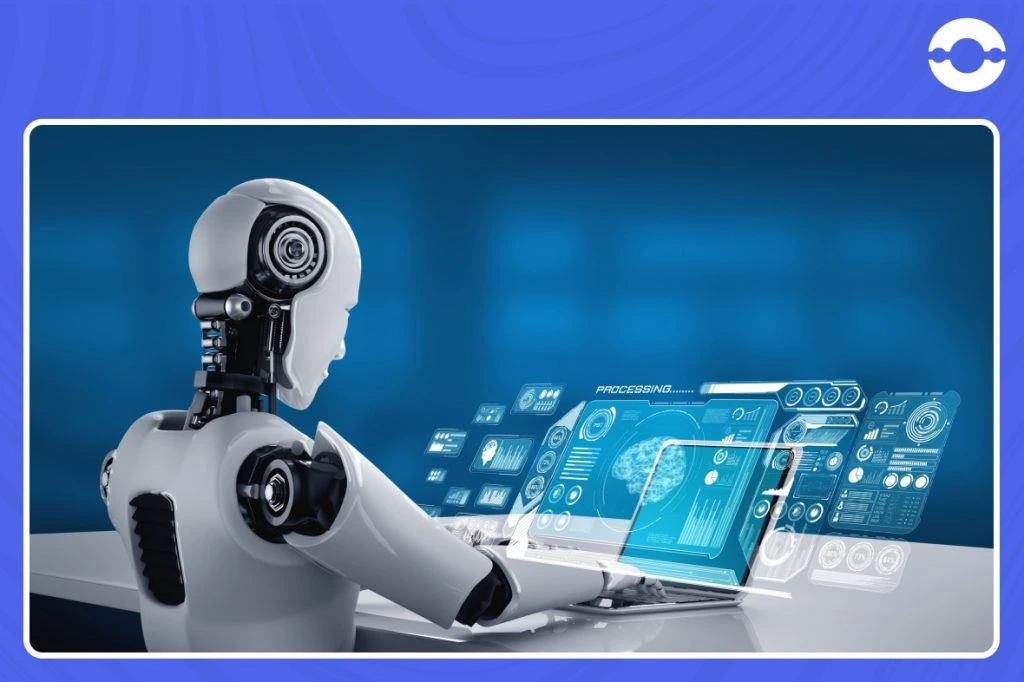
Businesses worldwide offer customers unique experiences by leveraging artificial intelligence and machine learning. As you already know, data proves to be a goldmine for businesses as they can predict consumer behavior to make actionable decisions, here comes the need for AI and ML.
For Instance – The increasing use of AI-powered chatbots on websites and mobile apps eliminated the need for human support and customer support representatives. This intelligent move is helping businesses automate their complex tasks and, at the same time, provide a best-in-class experience to customers.
Companies around the globe are leveraging the trend of AI and ML to minimize the chances of human errors and simultaneously increase the productivity of organizations.
Therefore, software developers should have expertise in knowing the ins and outs of writing code that could combine with self-learning algorithms.
Let’s look at leading brands that use AI/ML in their business processes to improve customers’ lives.
Google Translate uses machine learning to identify the language and switch between the languages. All thanks to Google’s machine neural translation system which can train models for the input and output of text and translate faster.
Let’s consider another most popular and recent example of CHATGPT and Bard
CHATGPT is an AI model developed by Open AI that is trained to provide relevant answers based on the user’s input. Not only this, but it also can solve intelligent math questions that a regular user can.
All of this is possible through AI and ML. CHATGPT is trained on massive volumes of data to provide human-like responses.
Google Bard uses a natural language processing model and machine learning to perform human-like interaction tasks. Google developed an AI-powered chatbot to provide high-quality responses to the user.
3. Low Code/No Code Development
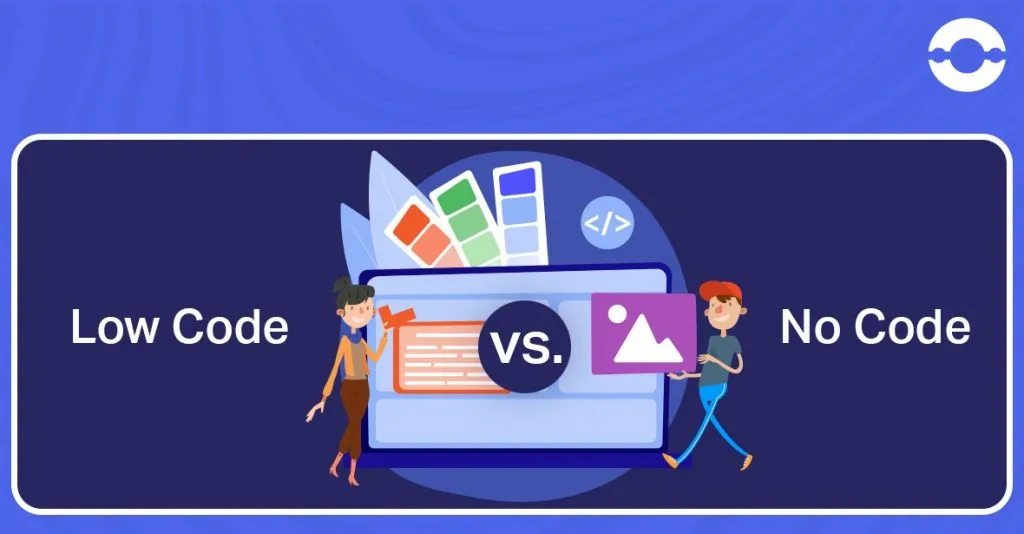
Another dominant trend in software development is low code/no code. Low-code/no-code platforms allow you to create software using drag-and-drop functionalities. Developers can build engaging software or web applications by writing little to no code.
Software developers need not worry about requiring top-notch coding skills to develop scalable apps, as low code/no code platforms ensure the faster development of mobile apps using drag-and-drop components.
Let’s throw some light on statistics –
Research studies from Gartner say,” Approximately 70 percent of applications are developed with the help of low code/ no code components. Therefore, low code/ no code platforms save the hours of developers as they don’t need to spend time writing the same codebases.
Research from Bloomberg highlights the importance of low code/no code platforms in developing custom software, and it is predicted that 65% of custom software will be developed by the end of 2024.
A few examples of low code and no code platforms include Zoho Creator, QuickBase, Microsoft Power apps, Visual Lansa, Air table, etc.
Another popular example of a low code/no code platform is the “Create with” platform powered by Botshot which allows the hotels to create a website, select the theme, manage inventory, etc., using drag-and-drop components.
Dot. pe is another no-code/low-code platform for merchants where you can get a website developed even if you don’t have prior coding experience by choosing from 1000+ customizable templates.
4. IoT (Internet of Things)
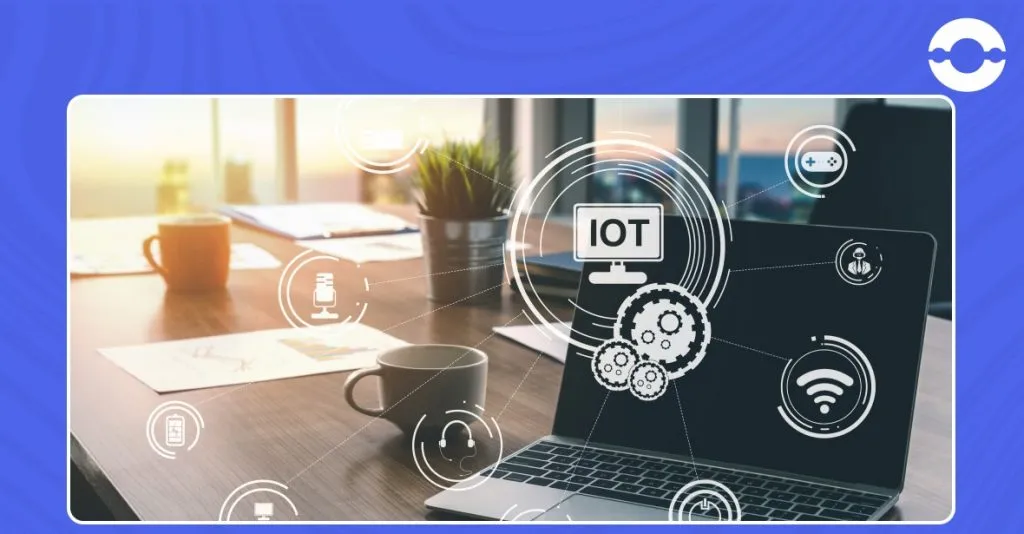
It is 2022, and IOT device trends are skyrocketing like ever. If you keep an eye on statistics, research from Statista says there are approximately 11 billion IoT devices, which is expected to increase by 29 billion by the year 2030. but what exactly is IOT?
IoT refers to the devices that are interconnected with each other to facilitate data sharing. You might have come across billions of devices powered by IOT ranging from smart homes to connecting your home devices with your mobile phones and even when you are tracking your packages. All thanks to IOT for making the lives of customers easy whizzy!
One such example of using IOT is digital Twins. Digital Twins are a replica of the real system and businesses can even experiment with them to ensure smoothness in their business operations.
For Instance – IOT technology introduces the concept of SMART HOMES, where you can control everything through a mobile app even if you are not in your house. Users can supervise lights, fans, and other home devices and adjust the temperatures remotely through IOT.
Another popular example is Tesla, wherein the company provides an option to drivers to connect their vehicles through the tesla app. Tesla has software called an advanced driver assistance system which IOT powers. Advanced driver assistance system provides the capability to drivers to enable self-driving mode and autopilot mode.
5. Blockchain
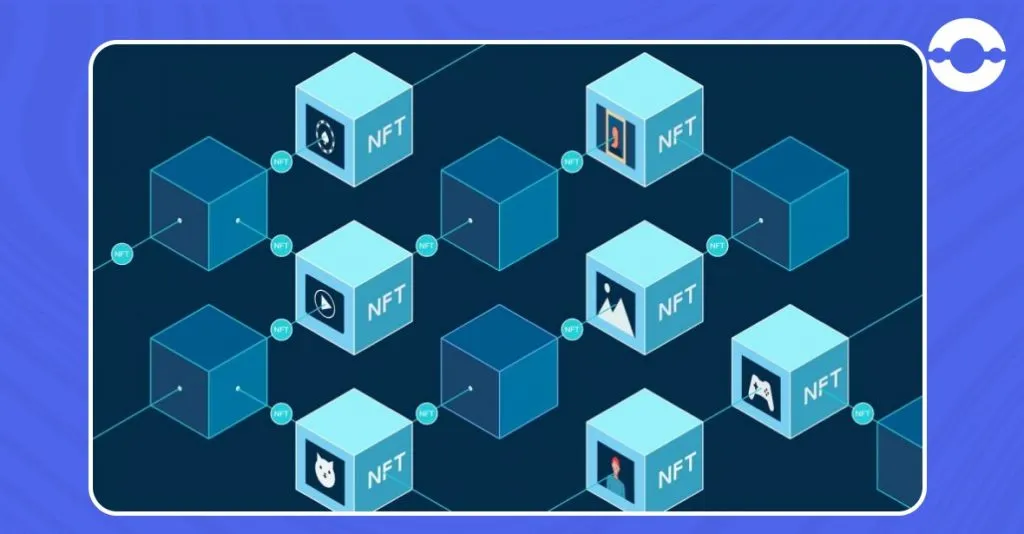
As there is hype around crypto and bitcoin, blockchain’s popularity is also increasing daily. In software development in 2024, people consider blockchain as an important trend because blockchain-oriented technology protects systems from unauthorized access.
But what exactly is a blockchain? Blockchain is a distributed ledger that stores transactions on the database. Consider blockchain as a Google doc where users work on it and share it with others. In this case, there is a decentralized distribution between users, as everyone can modify it, add comments, etc. But blockchain is more than that.
Not only this, blockchain systems ensure transparency in their operations as they provide exceptional levels of security.
Additionally, companies that leverage blockchain technology can automate their business processes, thereby reducing the need for human intervention.
For Instance – IBM is using blockchain technology in the field of the supply chain, where supply chain leaders can estimate the location and status of a product in real-time, ranging from raw material to distribution.
Another example is the leading brand “Amazon,” which is using blockchain technology to launch its NFT marketplace next month, wherein users participating in crypto games would receive free NFTs. Now, customers can buy fashion-related NFTs through their digital platforms.
6. Microservices

As Aristotle rightly said,” The whole is greater than the sum of parts.” The objective of microservice architecture is to manage various application elements so they can work together. Here, containers are used as a tool to scale the business processes.
Earlier, developers had to rebuild the website from scratch if there was a change in the website. Now, developers can make small and incremental changes in the software whenever required, thereby improving the productivity of an organization.
Hence, many organizations use microservice architecture as the whole product is segmented into various modules. If the developer wants to bring some changes to it, the entire development process will not be disturbed.
So, if your business is looking to build software or apps customized as per user preferences, then leveraging microservice architecture is a profitable solution.
7. Cloud Computing

The Covid pandemic has made us realize that companies using traditional mediums to store and manage data face challenges while retrieving it.
Now, companies and enterprises are shifting to cloud architecture as they can tap into actionable insights that can help them make business decisions and, at the same time, meet their customers’ needs and preferences.
Not only this, but Cloud computing also offers various benefits to businesses such as they can easily set up infrastructure, and manage data on the go, with no requirement of physical equipment, etc.
Hence, cloud computing proves to be a goldmine for businesses as they can easily scale their business operations and simultaneously provide personalized experiences to customers.
A few examples of cloud computing platforms include Google Cloud, Amazon Web Services, IBM Cloud, Hadoop, Salesforce, etc.
Consider an example of Amazon web services. Amazon web services is a cloud computing platform that is helping businesses to launch their websites, and mobile applications and expand their storage limit on the go.
8. DevsecOps
Another trend that is increasingly becoming popular in the software development industry is DevSecOps. DevSecOps stands for development and security operations.
Hackers are always ready to do malicious activities and insert malware into an application, so organizations must take cautious steps by integrating develops so that development and security fall under one umbrella.
As you already know, cybersecurity is a significant threat for companies today, so the a need for DevSecOps. The objective of Devsecops is to provide optimal security for applications.
Devsecops is important in the custom software development domain because it offers the following advantages –
- Reduce the cost of business operations
- Ensure quicker delivery of products
- Set up a prompt security shield
A few examples of SAAS providers for DevsecOps include Gitlab and JFrog
GitLab is the devsecops platform for DevOps and DevsecOps that allows them to build robust software by collaborating with each other, ranging from planning to ensuring the security of the software.
Jfrog is another devsecOps platform that provides the capability for teams to develop secure applications fastly and efficiently.
Also Read: Grafana vs Kibana
9. Web3.0
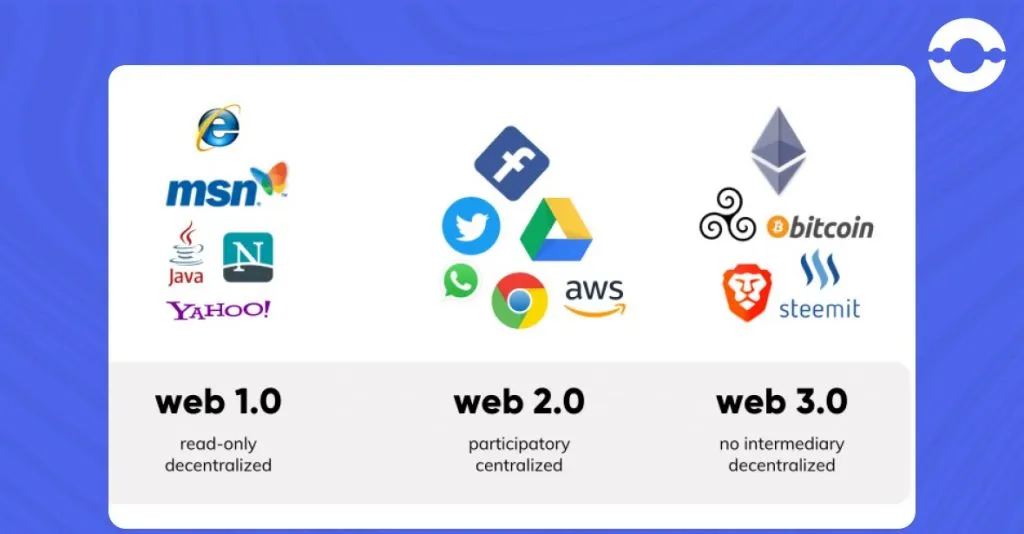
Firstly, there was Web 1.0, where we had boring websites that more or less looked like encyclopedias, and users could browse websites to look for information as and when they needed it.
Then, Web 2.0 came up with the arrival of social media platforms allowing users to create content on various platforms.
Next comes Web 3.0, where leading tech giants such as Facebook, Google, etc., can own the space. Web 3 is all about decentralization. It is considered the next evolution of the internet, where people can buy, sell, and own digital spaces. Web 3.0 has completely changed the way people use the internet.
So, Web 3.0 is the next big thing in the world today and is changing how businesses conduct their operations. Web 3.0 promises to set a better future in custom software development –
- It provides an added advantage for companies to protect their customer data.
- Web 3.0 is based on decentralization meaning no one has the authority to control the whole internet.
- Web 3.0 provides a competitive edge to businesses to perform their transactions faster.
Here are some popular examples of web3.0 –
- Blockchain technology –
- NFTs
- Smart contracts
10. Big data
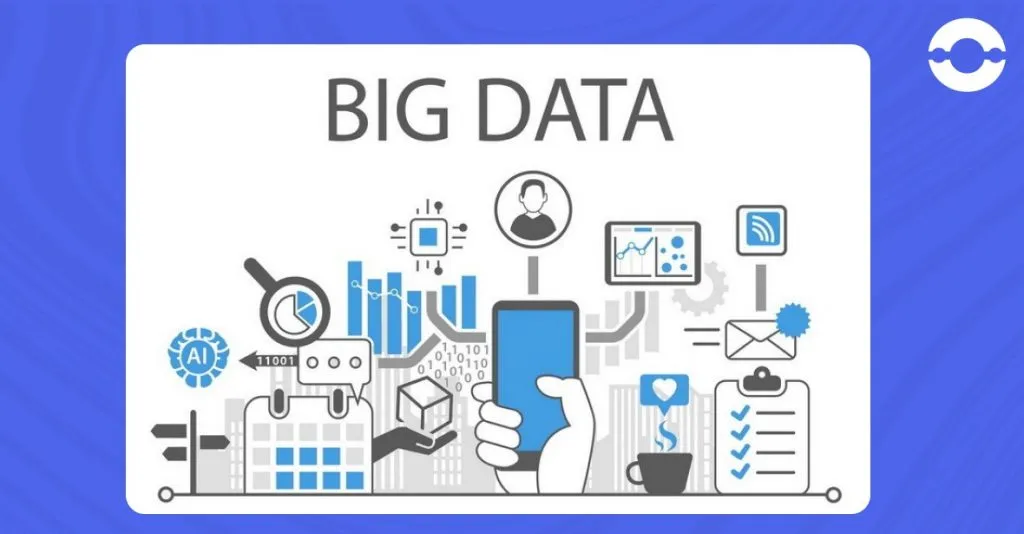
The next big trend in the software development industry is big data. More and more companies are harnessing big data to automate their business operations.
Big data means a massive collection of data produced by an organization that even traditional tools can’t store. Oracle says, “Big data is a more complex form of data” that is further used to solve business problems.
Let’s throw some light on statistics to highlight the importance of big data –
The research studies show that the size of the big data market was $91.11 billion in 2022 and is expected to increase $146.71 billion by 2027.
Hence, organizations can use big data and other cloud computing platforms to predict future outcomes as to what works and what does not and make business decisions accordingly.
Wrapping Up
Now, you might know the top 10 trends you can leverage to accelerate your business growth. However, if you still have any concerns about how you can reap benefits in the field of custom software development, hire our custom software developers by letting us know about your business problems.
FAQs
1. Progressive web apps
2. Artificial intelligence and machine learning
3. Low code/ No code development
4. IOT
5. Blockchain
6. Microservices
7. Cloud computing
8. DevSecops
9. Web 3.0
10. Big data
Businesses are leveraging the use of AI-powered chatbots on websites and mobile apps to automate their complex business processes, enabling businesses to make faster decisions and simultaneously provide best-in-class customer experience.
Here is the pool of benefits businesses get by employing cloud computing in custom software development –
1. It facilitates better flexibility and collaboration
2. Companies can access pay-as-the-go resources. All thanks to cloud computing capabilities
3. It Provides a cost-effective option for businesses
4. It Provides the ability to scale their business operations
Here are the best practices businesses can adopt to develop secured and robust applications –
1. Make sure your systems are updated
2. Keep a checklist of security policies
3. Train your developers about the probable security attacks
Low code/no code platforms provide a competitive edge to software developers as they can quickly develop apps and software using drag-and-drop customizations. Hence, They need not worry about being an expert in programming languages.
Also Read: In House vs Managed DevOps Services




